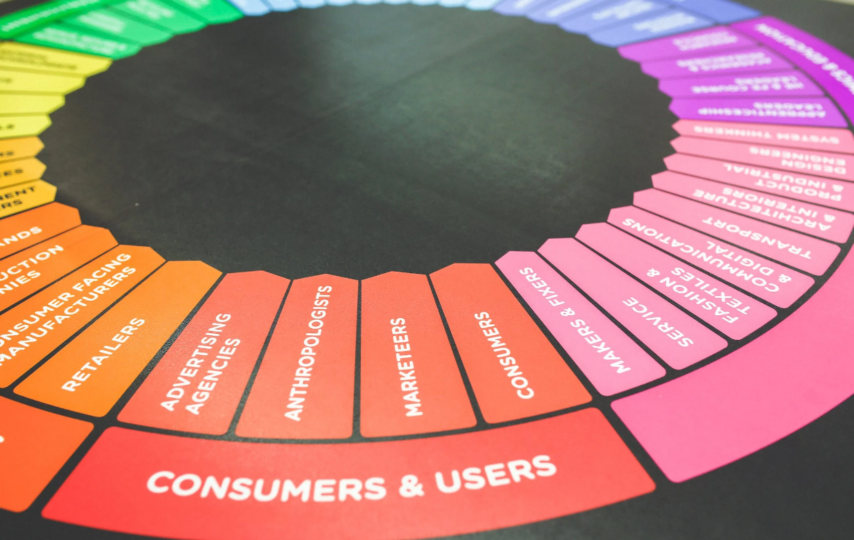Anticipation has become a valuable art. Today, businesses aren’t just responding to customer needs, they are predicting them. This newfound ability to anticipate customer behavior is largely thanks to predictive analytics. By leveraging this innovative technology, businesses can proactively address potential customer service issues, offering a superior experience to consumers and promoting customer loyalty.
This article explores seven key ways in which predictive analytics contributes to proactive customer service.
1. Enhancing The Overall Experience
First and foremost, predictive analytics plays a significant role in enhancing the overall customer experience. By using data to forecast customer behavior and preferences, businesses can personalize the customer journey. This not only includes tailoring marketing messages but also fine-tuning service offerings.
For instance, if predictive analytics indicates a customer prefers digital interaction over phone calls, a company could prioritize email or chat communications with them. This type of personalized attention enhances the overall customer experience, making individuals feel valued and understood.
2. Preventing Service Breakdowns
Predictive analytics can also help businesses identify potential service breakdowns before they happen. This could involve monitoring data related to product performance, customer interactions, or operational processes. When potential issues are identified in advance, businesses can take proactive steps to address them.
This preemptive problem-solving approach minimizes disruptions in customer service, which can significantly improve customer satisfaction.
3. Optimizing Resource Allocation
Predictive analytics can help businesses optimize resource allocation, leading to more efficient customer service.
By forecasting service demands, businesses can allocate resources proactively, ensuring they have the necessary personnel and technology to address customer needs. This could mean scheduling more customer service representatives during peak times, or investing in additional service channels when increased demand is anticipated.
4. Fostering Customer Loyalty
Proactive customer service, backed by predictive analytics, can significantly boost customer loyalty. By anticipating customer needs and meeting them proactively, businesses show customers that they are valued.
Additionally, predictive analytics can help identify at-risk customers – those who may be considering switching to a competitor. By identifying these customers in advance, businesses can take proactive steps to improve their experience, increasing the chances of retaining them.
5. Facilitating Product And Service Development
Predictive analytics can guide the development of new products and services. By analyzing customer trends and behaviors, businesses can anticipate what customers will want in the future.
This enables them to design and develop new offerings that meet these anticipated needs. Proactive product and service development can give businesses a competitive edge, ensuring they stay ahead of the curve in meeting customer demands.
6. Streamlining Communication And Response Time
Consumers expect quick responses to their queries. Predictive analytics can help organizations anticipate the most common queries, enabling them to craft ready responses, design FAQs, or create self-service portals.
Knowing when a customer is likely to reach out, and for what reasons, allows businesses to streamline their response time. Faster response time not only improves customer satisfaction, but also instills confidence in your business’s ability to meet their needs.
7. Enabling Proactive Upselling And Cross-selling
Predictive analytics can also be used to identify opportunities for proactive upselling and cross-selling. By understanding a customer’s purchasing habits, preferences, and behavior, companies can anticipate what additional products or services a customer might be interested in.
This proactive approach can increase sales while also improving customer satisfaction. When done right, customers appreciate suggestions tailored to their needs and preferences, as it adds value to their overall shopping experience.
In Conclusion
Predictive analytics is reshaping the landscape of customer service by enabling businesses to anticipate customer needs. This proactive approach to customer service not only enhances the overall customer experience but also helps prevent service breakdowns, optimize resource allocation, foster customer loyalty, and facilitate product and service development.
Businesses that harness the power of predictive analytics can stay one step ahead, offering a level of service that not only meets but exceeds customer expectations. The art of anticipation, it seems, is the future of customer service.








